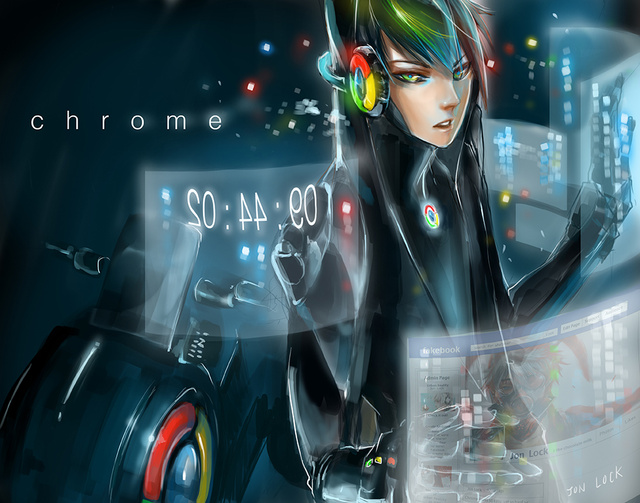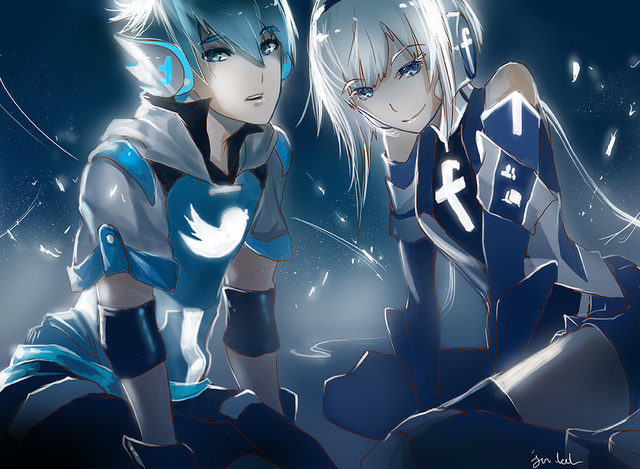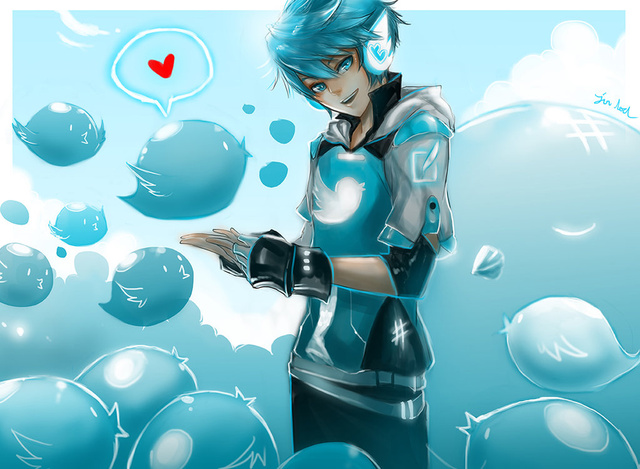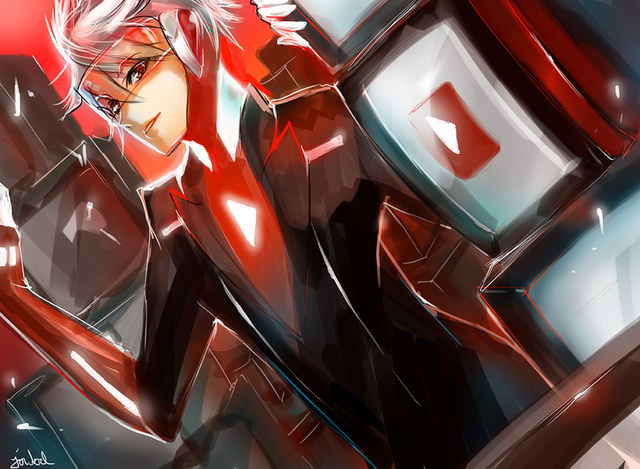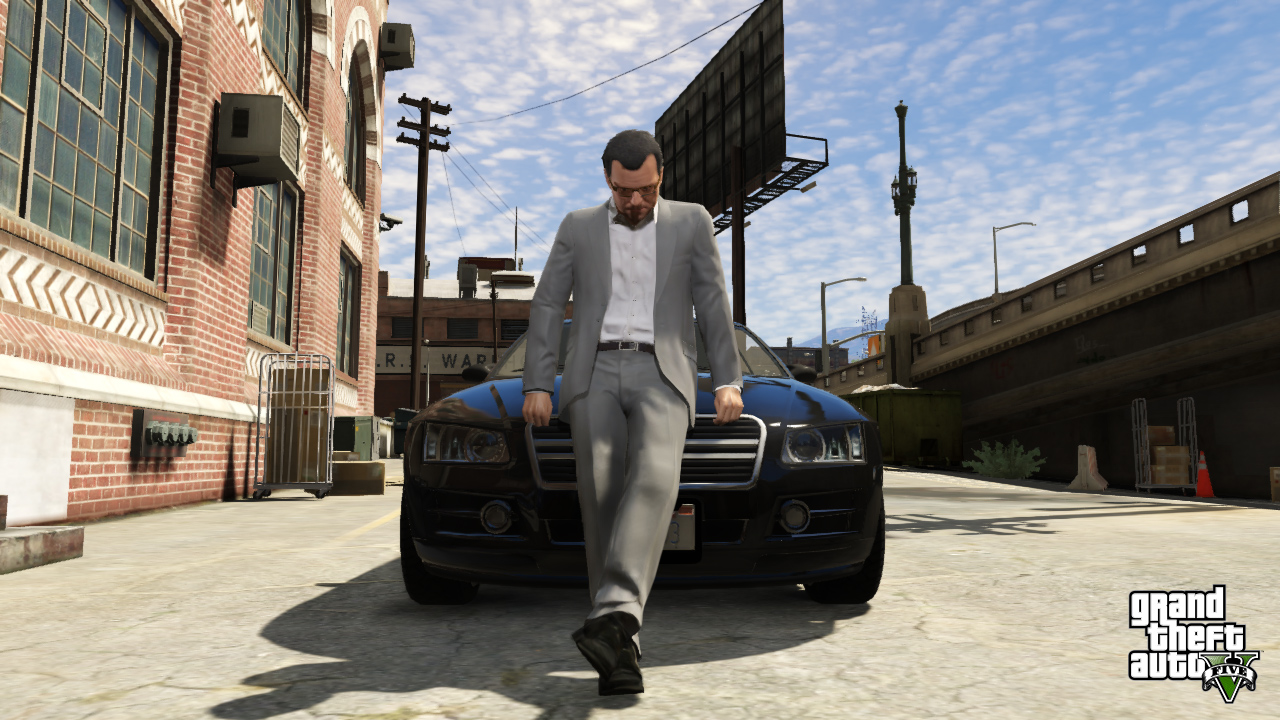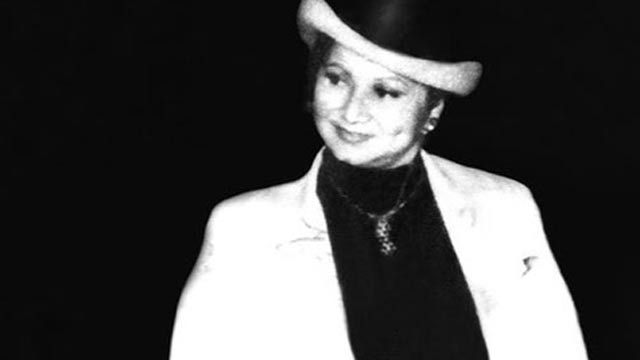The League of Legends World Championship circuit is in full swing, leading up to the Finals on October 4 at Staples Center in Los Angeles. That’s right, the next elite players of Riot’s super popular MOBA will hoist a trophy on the same stage where venerable L.A. sports teams the Lakers and the Kings have done it. The League of Legends competition is arguably doing more to elevate the profile of eSports than any other current tournament. It has most certainly surpassed popular tournaments for stalwarts such as Starcraft and Counterstrike in the amount of buzz it’s generating. For the upcoming championship, Riot even snagged a major non-endemic brand as sponsor in American Express, whose marketing executive has very candidly said that he sees the potential for esports to rival real sports when it comes to marketing and audience reach.
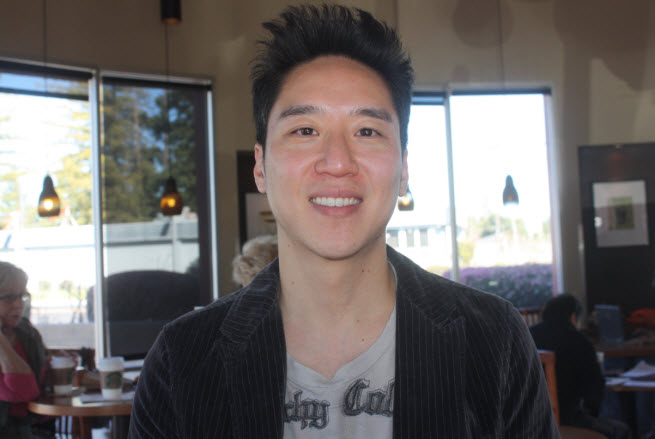 Dennis “Thresh” Fong
Dennis “Thresh” FongThere’s an event horizon atmosphere and the feeling that this could be the breakout year for eSports. When standing on the precipice before a leap ahead, it’s great to take a moment and reflect on the past. That’s why we couldn’t resist when Dennis Fong, more famously known as all-time undefeated gamer Thresh, offered to talk with us about how he helped put competitive gaming on the map. Fong now heads up online game community Raptr. In fact, after his tournament days, Fong started a string of successful companies mostly around the concept of online communities for gamers. Two of them, Gamers.com and Xfire, helped advance both social play and digital game distribution. That career trajectory started with his game skills.
“I think I was officially the world’s first pro gamer. I started competing in tournaments in 1994 with Doom. The first kind of really big tournament was held by Microsoft called Deathmatch ’95.”
Fong recalled the early days of online gaming as a “Wild West” compared to the organized tournaments of today. The entire competitive gaming circuit revolved around one game at a time, all products developed by John Carmack and his studio id Software. First it was Doom, then Doom II, then id’s groundbreaking Quake games. Very early on, players would lay claim to bragging rights as being the best, but most of it was conjecture since elite players rarely agreed to informal online matches because of the threat of lag. To settle scores, they’d wait until the next big tournament.
“I’d built up a pretty big name around Thresh, and in the online communities that were pretty new at the time, I was kind of known as the best. I’d never lost a tournament,” Fong said. “There was another guy who was kind of like the ‘Thresh of the East’ called Entropy, and most people on the East Coast thought he would destroy me. But we actually had never faced each other before due to latency issues.”
Thresh and Entropy built up a rivalry that paved the way for their Magic versus Bird moment. In 1997, Carmack and id launched the now legendary Red Annihilation tournament. While Quake had been steadily replacing Doom as the game of choice in competitive circles, the tournament sealed it for id’s new 3D shooter. In classic over-the-top fashion, Carmack put up his own red Ferrari 328 GTS as the grand prize. Fong recalled how the tournament came down to him and his rival.
“We made it to the finals of the tournament for the Ferrari, and I ended up beating him, I think it was 13 to negative one. He never killed me. I think he killed himself once,” Fong said, then added, “That was the start of, you know, the legacy of Thresh.”
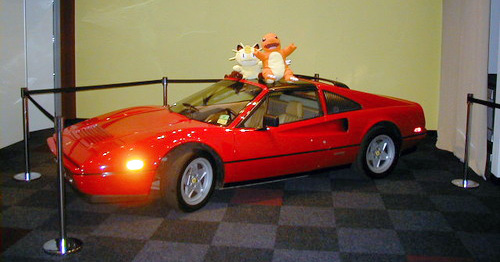 Carmack and Entropy’s loss was Thresh’s gain.
Carmack and Entropy’s loss was Thresh’s gain.Fong completely dominated the online tournament scene during his eSports career. He continued competitive play up until Quake II, and he never lost a tournament. He had the fame. He credits a Wall Street Journal story with helping him start his fortune.
“One day this reporter from Wall Street Journal who was thinking about writing a story on online gaming, this whole trend he’d been hearing about, decided to call me up,” Fong said.”At the time I had no idea even what the Wall Street Journal was, but I agreed. He showed up at my door at my parents’ house. I told him, ‘Yeah, can you come back in an hour ‘ I’d just woken up. The poor guy sat in his car for an hour. Again, I had no idea what the Wall Street Journal was — I was 16 or 17.”
“So [the reporter] followed me around for basically a day and a half or so, and found the whole thing to be super intriguing. Instead of doing a story on online gaming, he basically did a story on me. I ended up being on the front page with a stencil drawing of me. To me, that was the start of my pro eSports career. I started getting a whole bunch of calls from CEOs of big companies asking to sponsor me, wanting to give me money.”
Fong was soon making a six figure salary for a career which he said took about an hour of his time a day practicing his craft. He credits his success less with practicing mechanical skills and honing his reflexes than learning ways to outsmart his opponents.
“Back then, the way I approached the game, the way I played the game, the way I thought about the game was ahead of its time. Most people when they think about first person shooters, they immediately think about the fact that they must have lightning fast reflexes and that kind of stuff. Which I certainly do have faster than normal reflexes, but what helped me actually be successful was the fact that I rarely had to use my reflexes to win. What that basically means is, I approached these games kind of like speed chess, where it’s really about outthinking, out strategizing your opponent, putting them in bad positions and not putting yourself in bad positions.”
“There were guys out there that had better aim than I did, mechanically they were better than me or faster than me. But that comes and goes, right? You can have a good day, you can have a bad day. But your brain, if you keep thinking and try to outthink your opponent, that’s pretty consistent. That’s partly what I attribute to the fact that I never lost a tournament in the five or six years that I was competing.”
What advice would Fong give a gamer, or perhaps even his own son or daughter, about pursuing eSports as a career?
“The way it is right now, I’d probably say step carefully. I certainly wouldn’t advocate dropping out of college or high school to pursue pro gaming. Number one, I think total prizes, the total amount of money in this space is growing, but it’s still not huge yet. There are only a handful of players making millions of dollars. Only a very, very small segment even make hundreds of thousands of dollars.
Career longevity seems to be a factor too. According to Fong, competitive gaming careers usually taper off once a player reaches his twenties. If it’s true, that’s even shorter than the average career of a real sports athlete.
“You look towards Korea, at a certain age — 25 or something like that — you start dropping off, even if you’re a top player,” Fong said. “Top players in their mid-20s start losing a lot. They just can’t keep up with the kids these days.”
